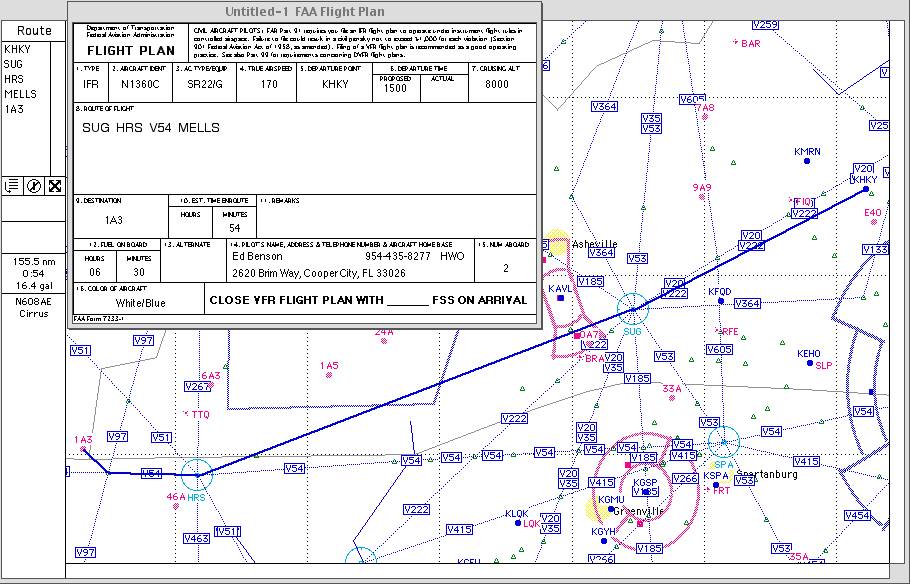In reply to:
I think we should be more open to exploring the future rather than hanging on to the past. Sure, the old system works, but with the limitations you outline. At the risk of using an overused buzzword, the use-GPS-instead-of-radar idea you mentioned is called a paradigm change. Once you make it, whole new worlds open up. My guess is it would be much cheaper and more effective to have the FAA buy and issue to every pilot an autonomous GPS beacon than to build and maintain large complex radar systems, subject to all the limitations you outlined, and which have a much higher failure rate than GPS.
Jim,
You’ve touched on one of my favorite subjects. There is often a “better mousetrap” to be had for the asking. Unfortunately it always has a price tag attached to it. And that’s not even half the cost.
The cost to redesign the National Airspace System is astronomical. Just in equipment alone. And I don’t think the equipment is what is really expensive. It’s training all the people.
Let’s say we’re going to make GPS the primary navigation equipment and replace all the VORs. Sounds great up front. GPS is cheap. (Well it seems cheap but only because the DOD has already paid for it.) VORs are expensive.
First, you have to equip the fleet. How long will that take ? You know AOPA and EAA will have something to say about it. Remember how we drug out the 360 channel radio replacement ? That will be years the FAA will have to fund both systems.
Then we have to redo all the charts. Not just every single approach to every airport in the country but all the airways too. You’d have to draw up the technical definitions for “GPS airways” too. Then you’d have to change every single piece of paper in the FAA. From charts to the FARs.
Now what’s your back up for GPS ? It’s really easy to jam a GPS signal. What’s the plan ?
Somebody mentioned replacing radar. And somebody else astutely pointed out that there needed to be a backup for that too. What I didn’t see was, what about the guys that don’t want to be seen ? Remember 9/11 ? They all turned their transponders off. They weren’t the first to think of that.
My point is that what’s possible and what’s “doable” are two different things. If you ever hear the words “revolutionize” and “ATC” in the same breath you’d best grab onto your wallet. It simply isn’t affordable. Nor is it desirable.
The NAS needs to be a stable system. We don’t want the “latest-greatest” technology (with all the bugs in it) we want good, stable technology (with all the bugs worked out.)
The NAS must evolve. Slowly. Methodically. And it does. There are simply too many players (FAA, pilots, controllers, airlines, DOD, law enforcement, etc… etc.) and the costs are too great for it to do otherwise.
